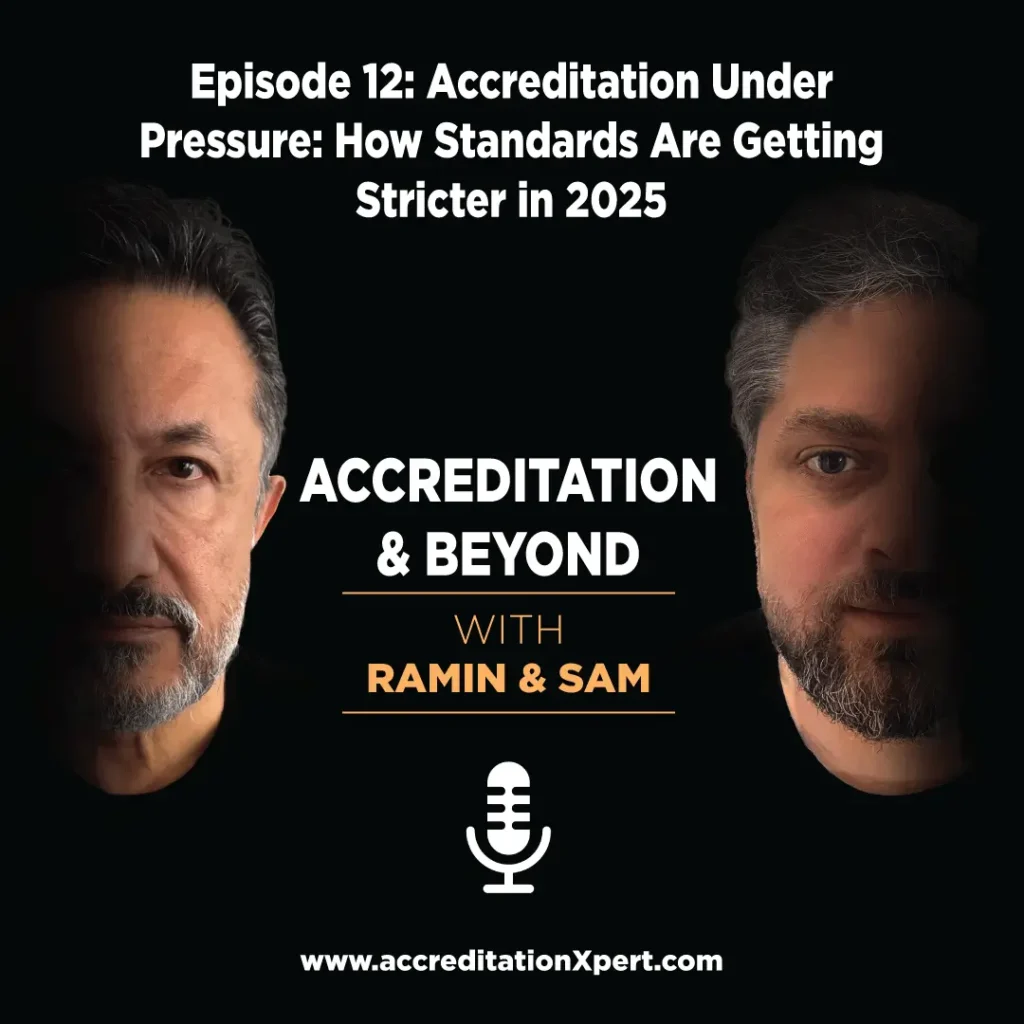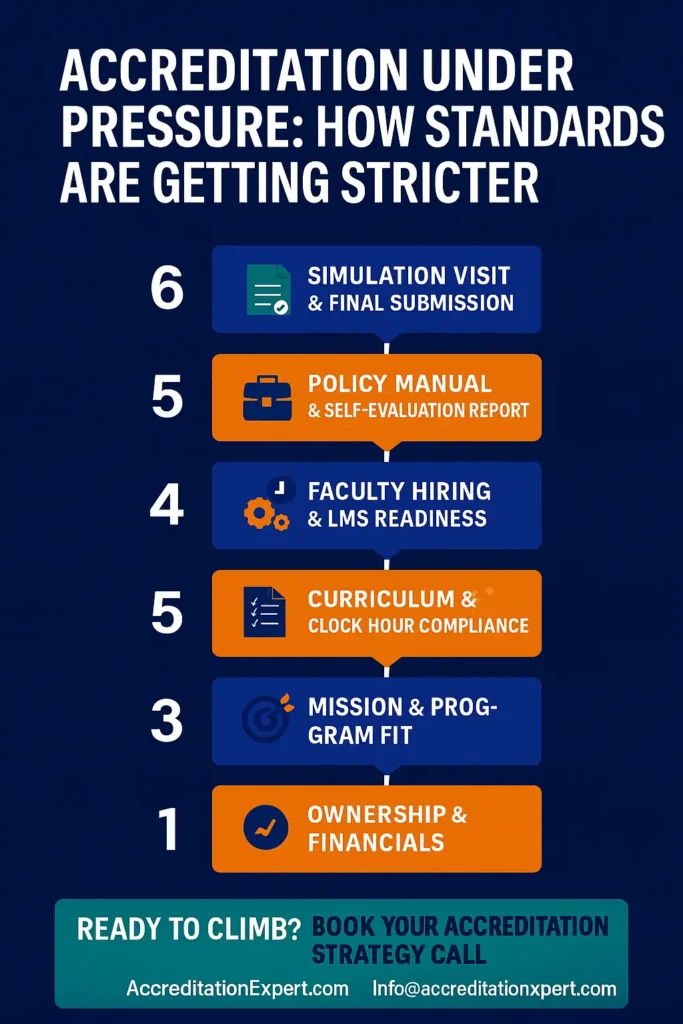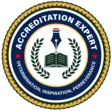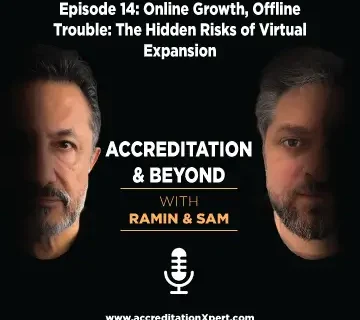
Accreditation standards across the U.S. are tightening—and fast. In this episode of Accreditation & Beyond, Dr. Ramin Golbaghi and Sam Askari break down why 2025 is shaping up to be a defining year for accreditation strategy , compliance, and institutional quality. With regulatory scrutiny on the rise and accrediting agencies raising the bar on financial documentation, faculty qualifications, and student engagement outcomes, schools that fail to evolve risk falling behind. Whether you’re launching a new program or preparing for renewal, this episode provides actionable insight to help you stay ahead of the curve.
Why Accreditation Is Under Pressure in 2025
Ramin and Sam open the conversation with a reality check: accreditation isn’t getting easier, it’s getting more rigorous. Agencies are pushing for higher standards in areas that used to get a pass. These changes aren’t isolated; they’re showing up across national, programmatic, and state licensing bodies. From initial candidacy to 10-year renewals, expectations are shifting, and schools that ignore the signals risk setbacks, delays, or denials.
Financial Health: What Accreditors Are Demanding Now
Accreditors are no longer accepting loose projections or vague financial reports. They want audited financials, cash flow evidence, and detailed breakdowns of spending priorities. Ramin shares a cautionary example of a school that hit a wall because it couldn’t reconcile internal and external financial documentation. Sam outlines what accreditors now look for: not just solvency, but sustainability. Expect them to question everything from salary distribution to instructional spending ratios.
Faculty Credentials: When Experience Isn’t Enough
Sam explains how faculty reviews have become more precise. Agencies aren’t just asking whether instructors have degrees; they want to see content-area alignment, hiring rationale, and documented professional development. A faculty member’s “real-world experience” doesn’t cut it without backup. Ramin shares a case where teaching assignments had to be realigned and justified on paper because of gaps in faculty qualifications tied to course content.
Accreditation Standards 2025

Student Outcomes: Proving Impact with Real Data
Accrediting bodies now expect institutions to move beyond one-off assessment reports. They want continuous outcome monitoring and evidence that leadership uses data to make decisions. Sam and Ramin highlight examples of institutions using internal dashboards to track graduation rates, job placement, and licensure exam results. One school made two major curriculum shifts after analyzing dropout patterns and used that data to demonstrate improvement in their next review.
Policy in Practice: Enforcement Over Paperwork
Ramin drives home that having policies isn’t enough; they must be actively enforced and documented. Whether it’s attendance, refunds, or SAP (Satisfactory Academic Progress), agencies want proof that institutions do what they say. Sam shares an example of a school with a solid handbook, but no internal tracking to back it up. That disconnect triggered a compliance warning during their reaccreditation cycle.
Strategic Prep: What Your Team Should Do Right Now
The hosts close the episode with a checklist for institutions preparing for accreditation in 2025. Start with an internal audit against your accreditor’s standards. Make sure financials are clear and defensible. Review your faculty matrix. Validate that student data is not only collected, but also used. And above all, ensure your leadership team is aligned and informed. Accreditation in 2025 demands readiness, responsiveness, and real accountability.
Final Thoughts
As higher education enrollment declines and scrutiny rises, the margin for error is shrinking. Accreditation is no longer just about passing; it’s about proving you’re prepared for the future. Institutions that treat compliance as a strategy, not just paperwork, will be the ones that thrive.
📧 info@AccreditationXpert.com
📞 1-833-232-1400
🌐 www.AccreditationXpert.com (That’s X-P-E-R-T)





